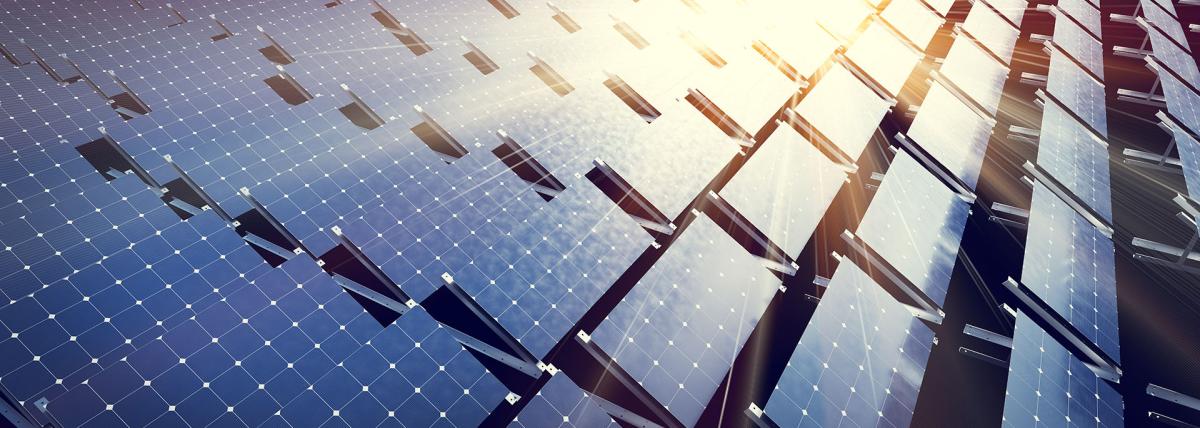
Exploring Ecosystems and Natural Disasters
by Callie Mattus
Students will research a biome around the world, including 3 animals, 3 plants, and 3 nonliving parts of the ecosystem.
Students will construct a diorama of the biome and illustrate a natural disaster that could occur in that biome.
Students will write a 3-5 paragraph essay about their biome and the natural disaster, using a graphic organizer.
Students will explore biomes using Virtual Reality (VR) technology.
Lesson Plan Link/URL
https://docs.google.com/presentation/d/1eODojG3kKqisBbjjZYIu2CHfJ1FOfrgibnasE8-…Subject Area
Science Physical Science P1: Matter Earth and Space Science E1: Earth Systems E2: Earth & the Universe Life Science L2: Organisms & Energy L4: Evolution Technology 1. Empowered Learner 2. Digital Citizen 3. Knowledge Constructor 4. Innovative Designer 5. Computational Thinker 6. Creative Communicator Engineering S2: Apply the Engineering Design Process S4: Apply Science to Engineering S5: Apply Technology to Engineering S6: Apply Communications to Engineering S7: Apply Project Management to Engineering Mathematics Measurement and Data (MD) Geometry (G) Ratio and Proportion (RP) Statistics and Probability (SP) Number & Quantity (N) English Language Arts (ELA) Reading (Informational Text) Writing Speaking & ListeningRelated Content

Grades:
9th Grade, 10th Grade, 11th Grade, 12th Grade
An investigation into the function and uses of solar panels in agriculture - Agrivoltaics. Exploring how to get the most efficient use of your solar panels for your gardens.

Grades:
6th Grade
This lesson takes place in a classroom over two weeks. Students may work in small groups of 2-3. Prior to the robotics challenge, teachers should facilitate student discussion through guided lessons

Grades:
6th Grade
In this unit, students will study the effects of acid rain and chemically engineer an environmentally friendly solution to neutralize the acid in a simulated river contaminated by factory run-off